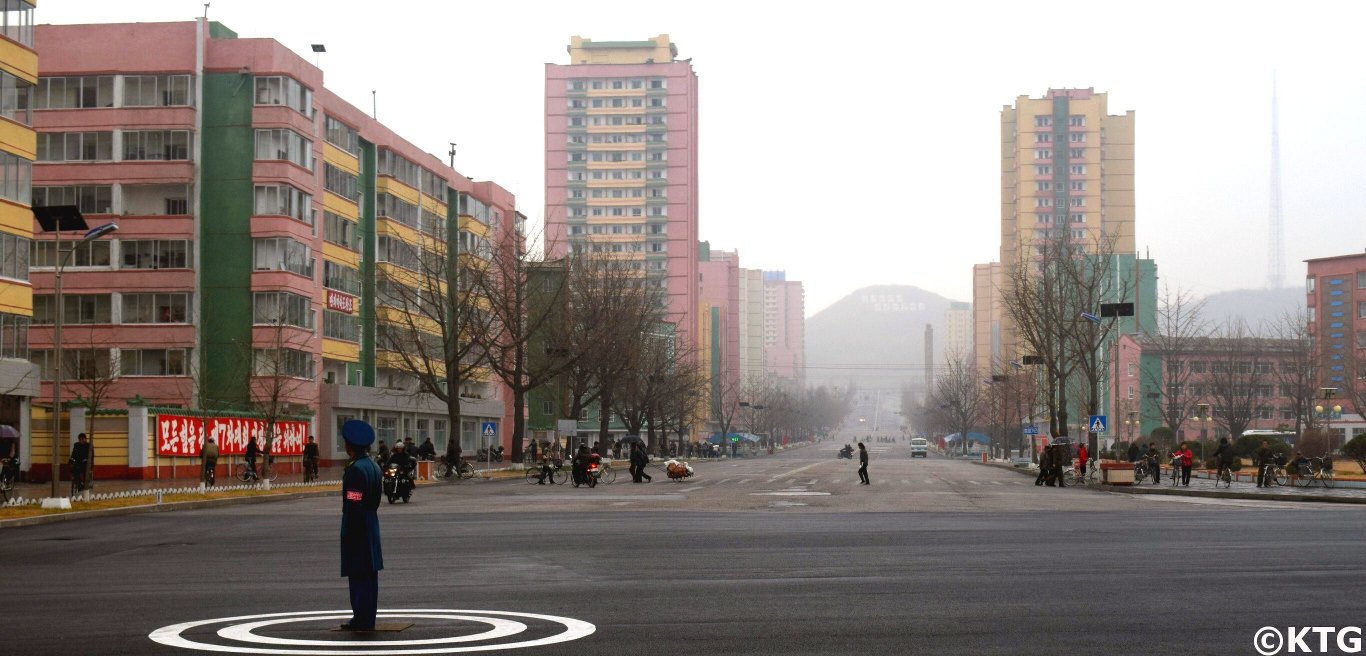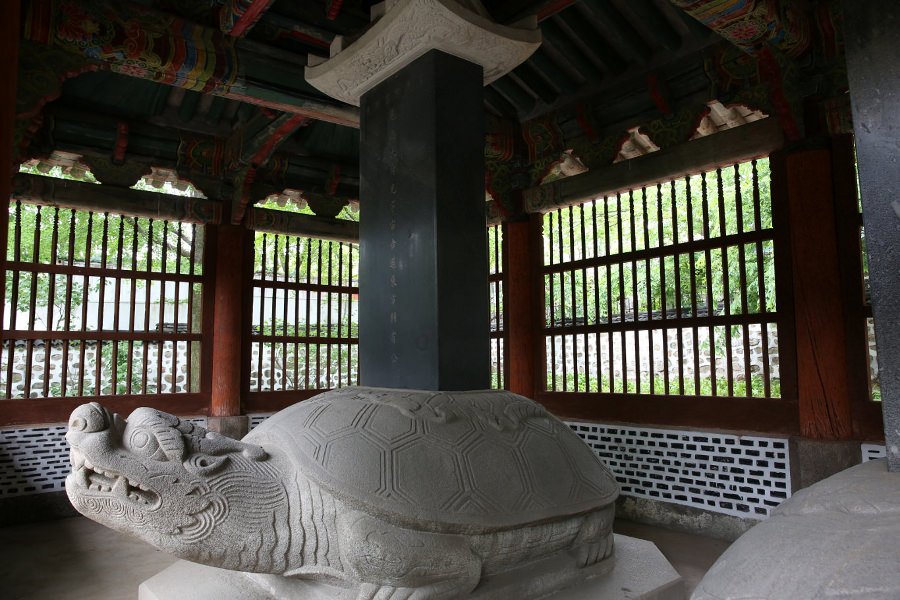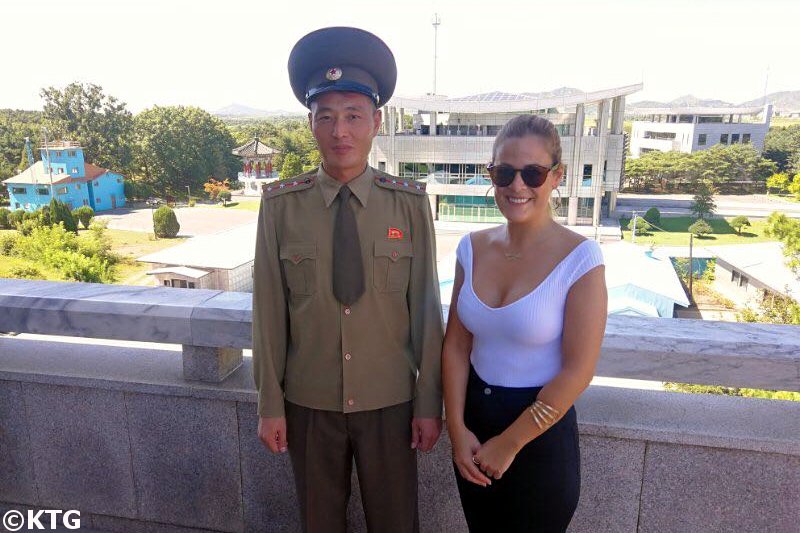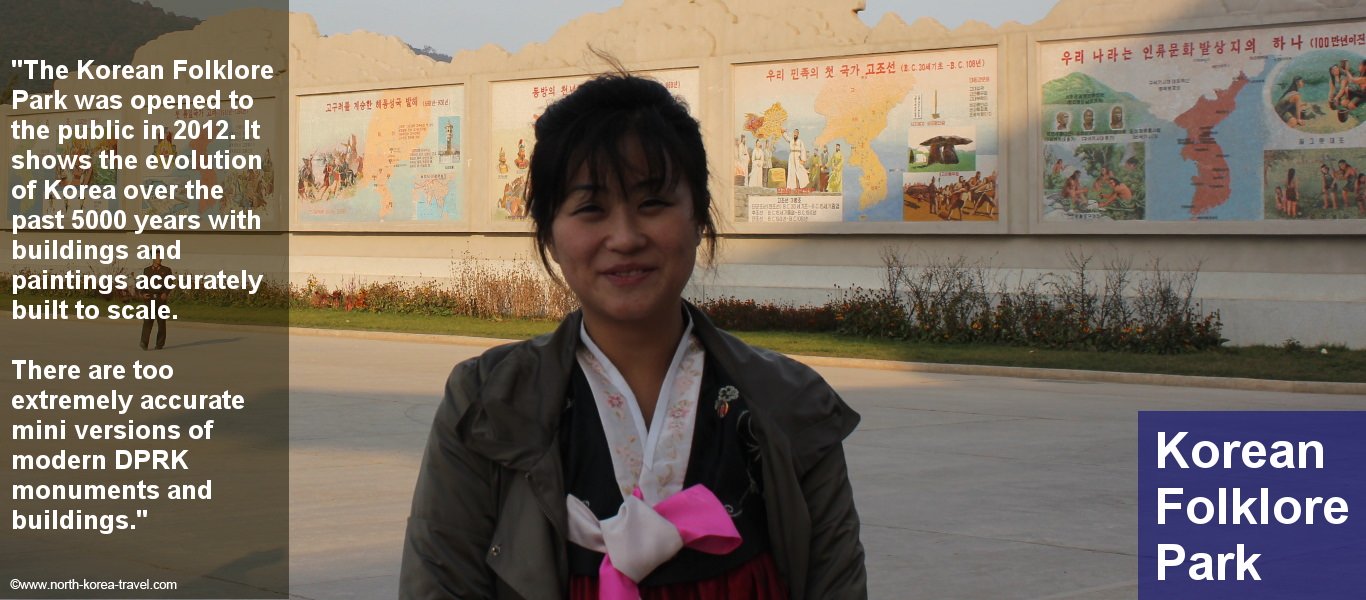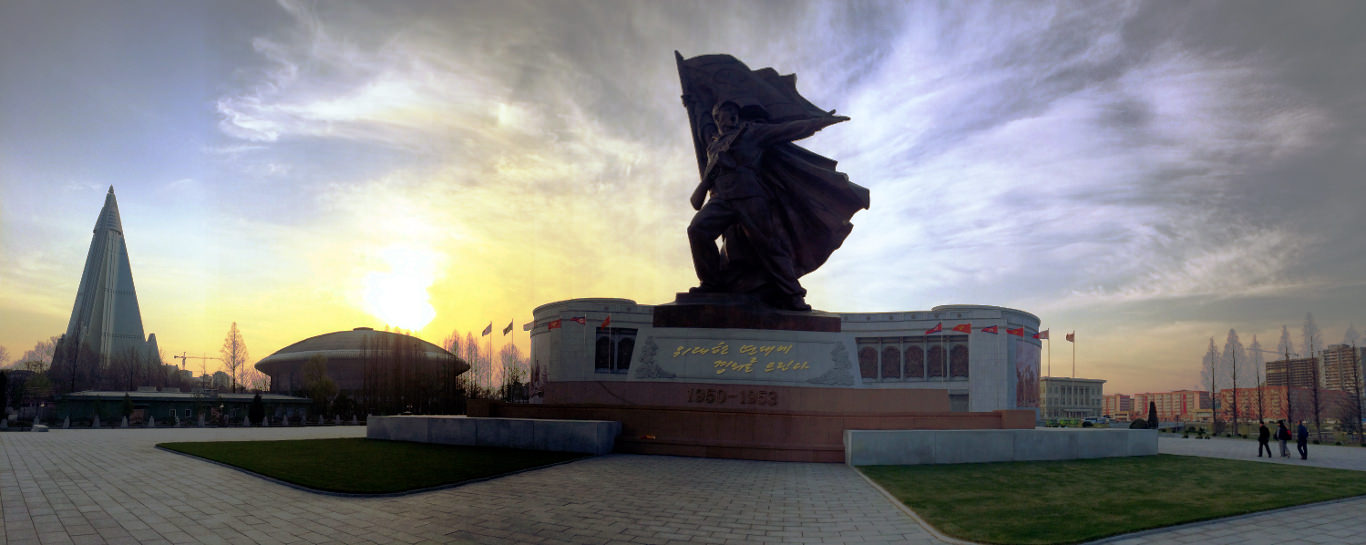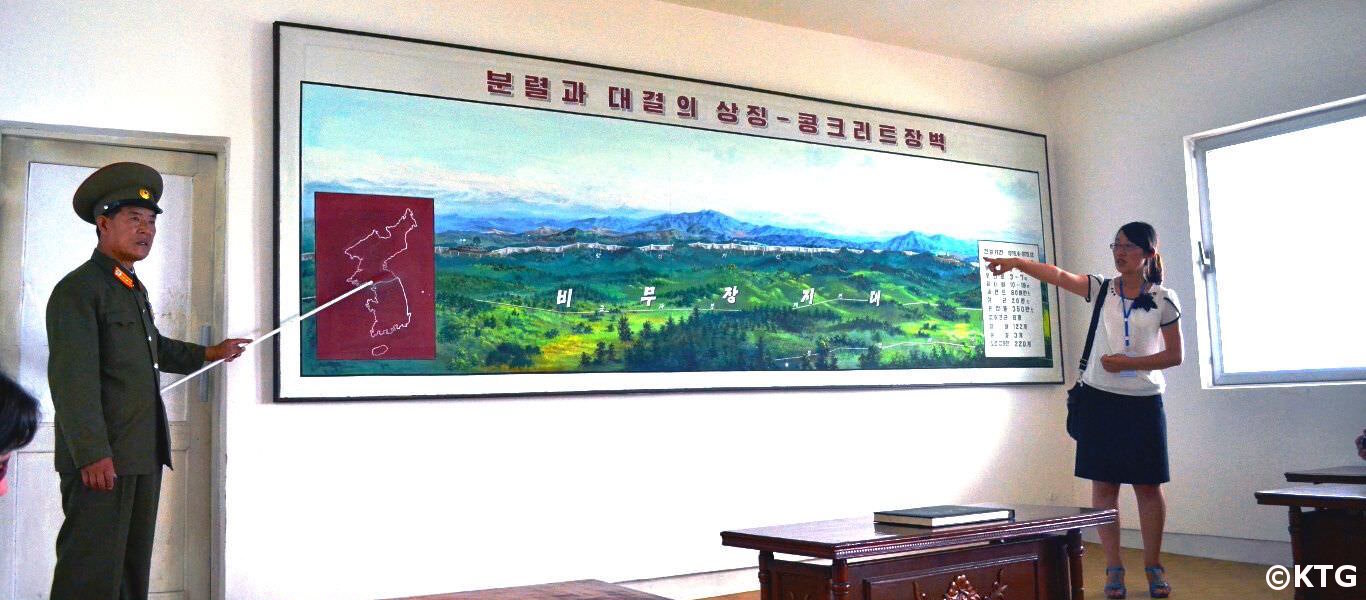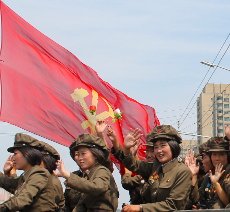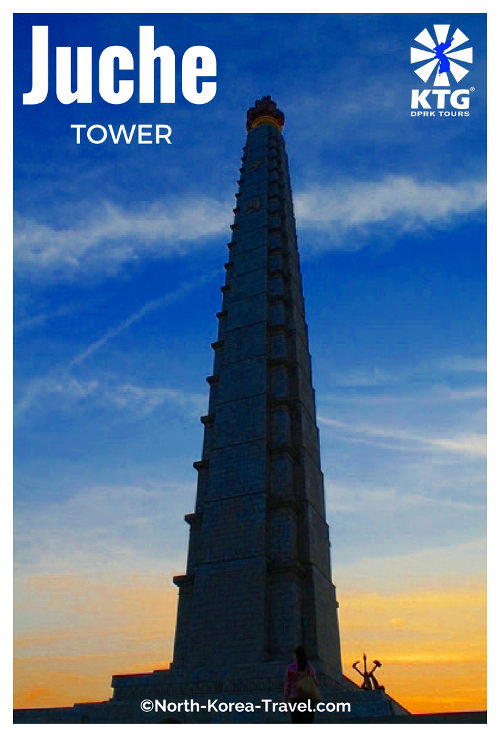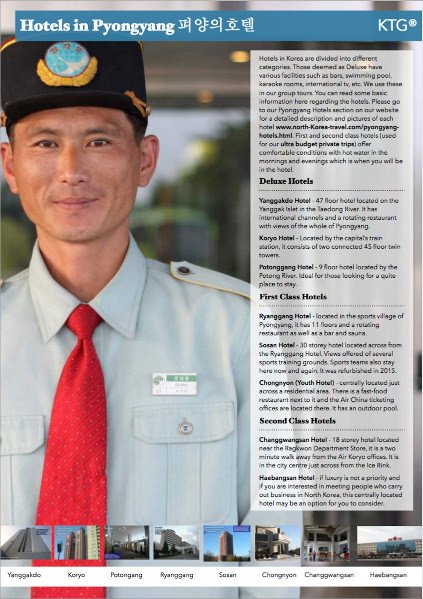Kaesong Travel Guide
Ancient Treasures, The Cold War and Exotic Dishes
Kaesong, home to historical treasures & UNESCO World Heritage Sites, symbol of the Cold War and conflict but also of hope of peace and reunification and famous for its peculiar cuisine, is city not be missed.
Location
Kaesong is located only 8 km north from the DMZ (Panmunjom) in North Korea. This historical city was the capital of Koryo (Goryeo, 918-1392), one of the strongest kingdoms on the Korean peninsula.

360° view of Kaesong
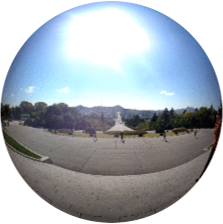
The 168 km drive from Pyongyang through empty highways will offer remarkable sites of the North Korean countryside and glimpses of people's daily activities outside of the capital.
Korean War
Unlike other major cities in DPRK, Kaesong was not destroyed during the Korean War as it belonged to South Korea during the war. As a result many historical sites in this city remain intact. In fact Kaesong boasts 12 UNESCO World Heritage Sites.
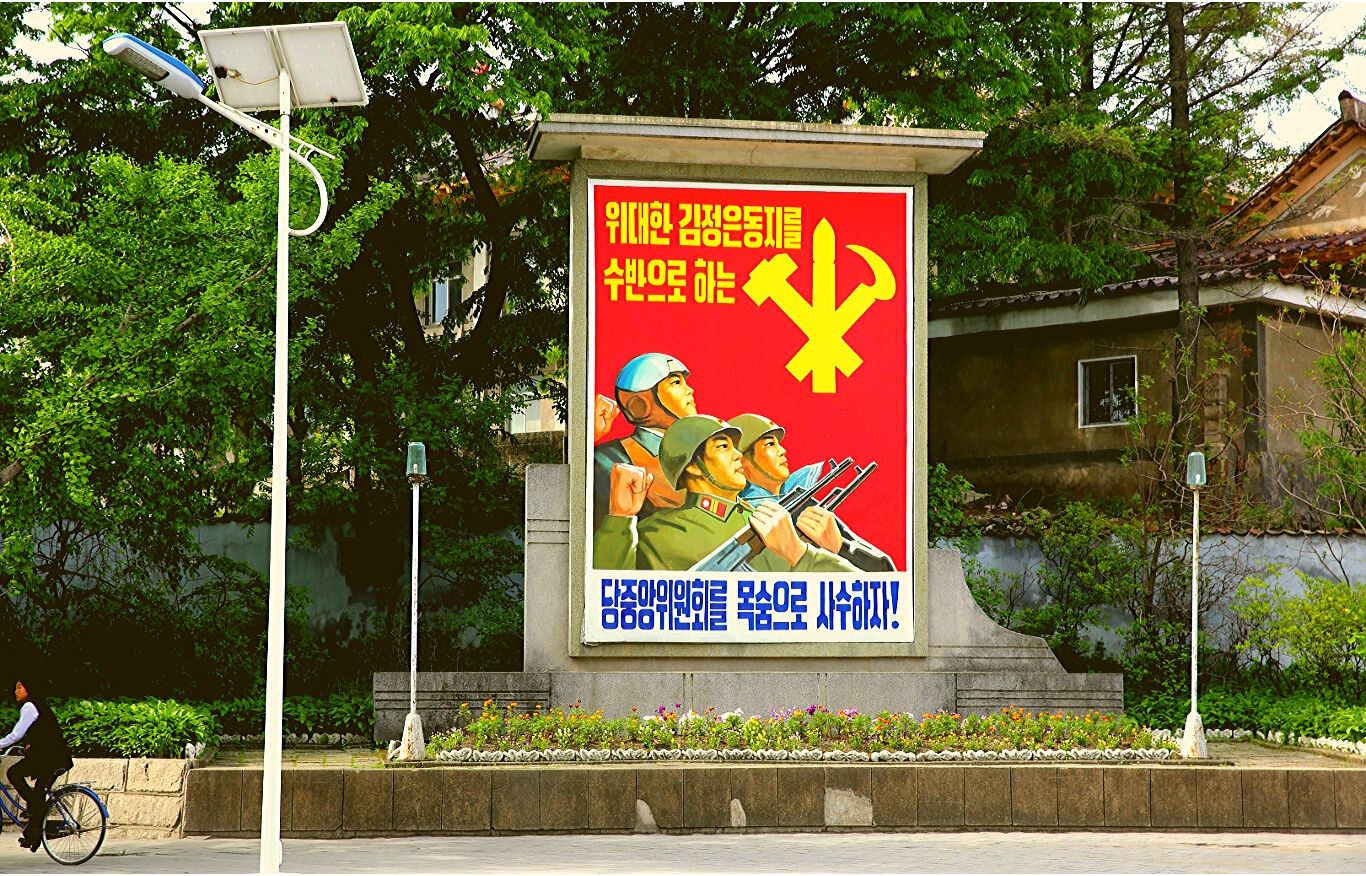
Propaganda poster in Kaesong. The message roughly translates as "Let us protect with our lives the Party Central Committee led by the Great Comrade Kim Jong Un!"
South Korea
South Koreans were also allowed to visit Kaesong, albeit just for a day and in spite of not being able to go to Pyongyang. We used to be able to spot them until 2008 on modern buses and with guides in blue outfits wearing headsets, walkie talkies in hand.
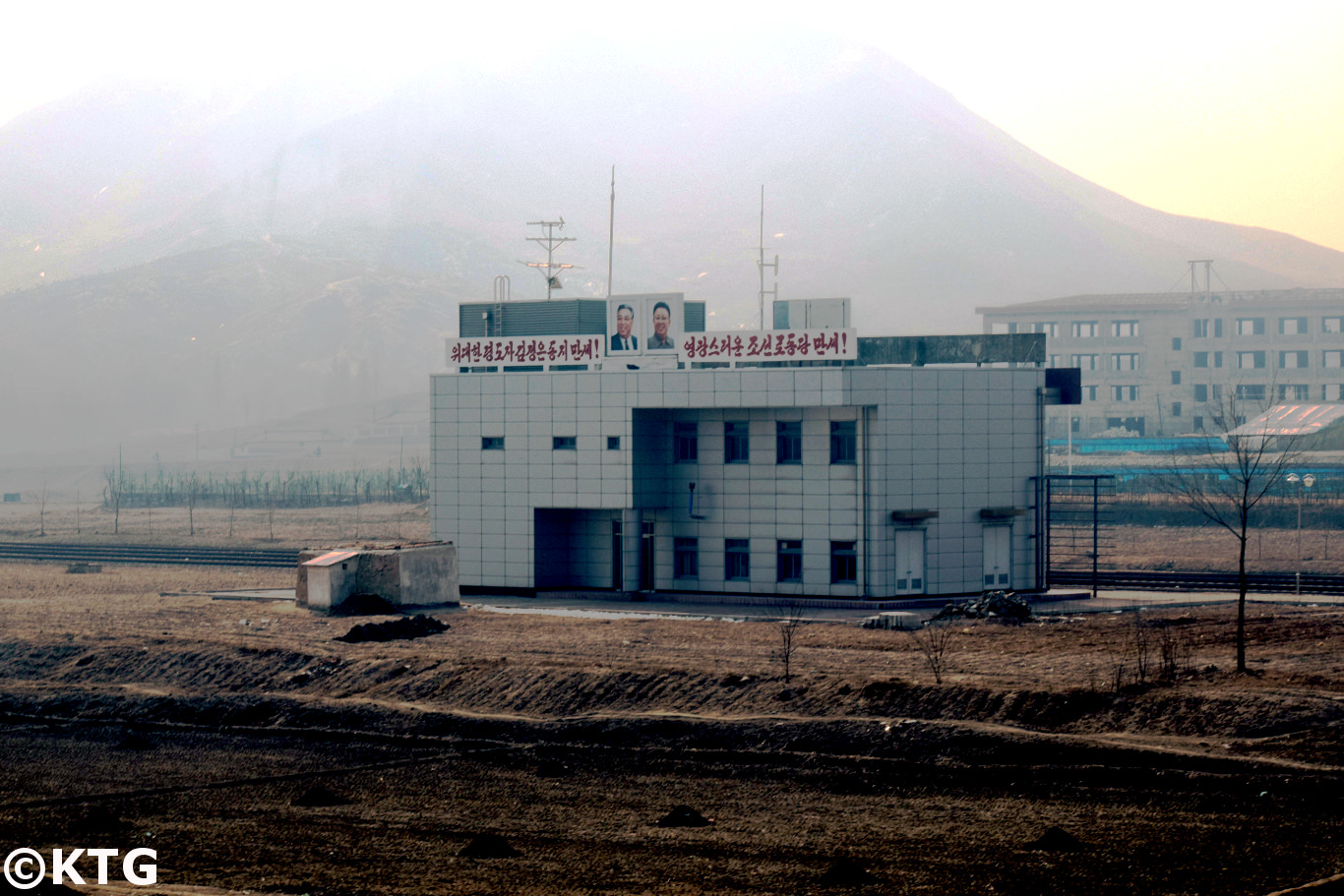
Railway station connecting Kaesong to Seoul in South Korea. It is not operational but symbolises reunification of the Korean Peninsula
South Korean citizens have not been able to go to as tourists to North Korea since 2008. They used to be allowed to go there and to Mt. Kumgangsan but that has no longer been the case since 2008. It is possible for us though to arrange for Westerners to go to Kumgangsan.

View of the Old Part of Town. Unlike most cities in Korea, Kaesong was not destroyed during the Korean War. The local guide, Jina, is one our favourite local guides in North Korea!
Koryo Museum
The former capital of Koryo is renowned in the DPRK for its Ginseng and for hosting the Koryo Museum, which in the 10th century became the highest educational institution of Koryo holding up to 2000 students.
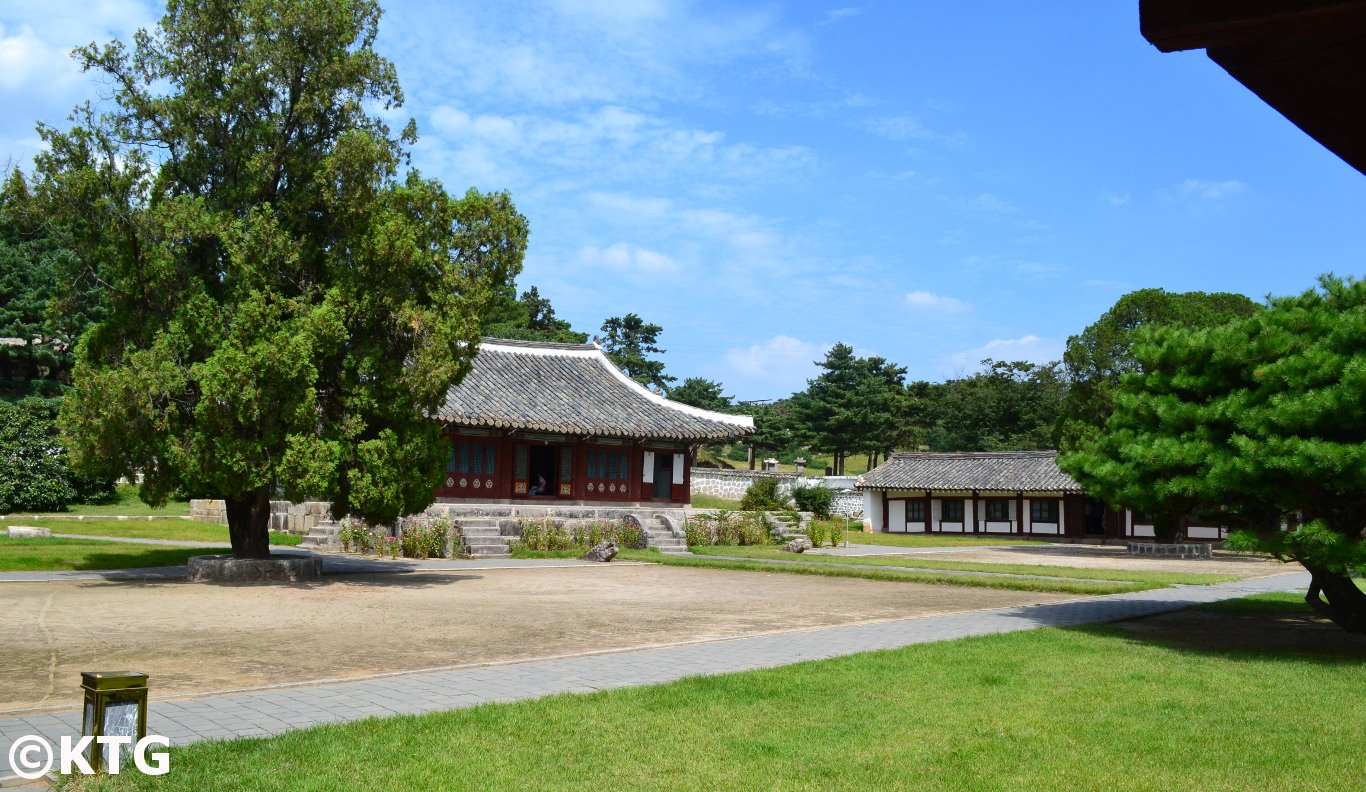
Please check our Facebook video below:
It now holds ancient items of such dynasty. Its gardens and courtyards offer are great places to sit back and relax. There is a stamp shop outside the museum where we can not only purchase a wide variety of DPRK stamps, but also artwork, postcards and coins.

Picture of one of the local guides at the Koryo Museum, Ms. O, and of Ms. Kim, local guide from Pyongyang.
Tomb of King Kongmin and his Wife
The twin tombs are one of the best preserved historical sites in DPRK.

KTG group walking towards the twin tombs
King Kongmin was King of the Koryo Dynasty and started building this tomb when his Mongolian wife passed away in 1365.

The tombs of King Kongmin and his Mongolian Wife. This tombs have undergone relatively little restoration and the place was declared UNESCO World Heritage site in 2013.
We will be able to see too the tombs of generals and officials of the Koryo Dynasty on several hillsides as we drive to this site which in 2013 was declared a UNESCO World Heritage Site.

Robbie the canary bird confirms that the UNESCO World Heritage sign is legit.
Tomb of King Wang Kon
Although much older than the tomb of King Kongmin, this Mausoleum was restored in 1994 and therefore shows much less of its original appearance compared to the Mausoleum of King Kongmin. King Wang Kon was the founder of the Koryo Dynasty and died in 943. We actually drive by here when visiting the Tomb of King Kongmin. This too is a UNCESCO World Heritage Site.

KTG staff member at the tomb of Wang Kon back in 2009.
Janam Hill, Kaesong
As we approach Kaesong we can see the giant bronze statue of President Kim Il Sung and Chairman Kim Jong Il overlooking the whole city and the surrounding region.

Spectacular views of the city are offered from here and the entire old part of town can be seen from the hill too.

Janam Hill back in 2008
Sonjuk Bridge
This is a UNESCO World Heritage Site. Sonjuk Bridge was built in 1216 and symbolised loyalty in Korea.
Locals horse riding nearby Sonjuk Bridge
Jong Mong Yu was a political advisor and scholar loyal to the King of the Koryo Dynasty. He was murdered in 1392, the year the Koryo Dynasty was overthrown, as he refused to betray the king. The Choson Dynasty was set up after the Koryo Dynasty. Click here or on the picture below for more information.

Phyochung Monuments
Jong Mong Ju received a lot of praise from the Choson Dynasty the centuries following his death. Although he was loyal to the King of the Koryo Dynasty, his loyalty was admired by the kings of the Choson Dynasty. A clear example of this is shown in the building of the Phyochung Monuments next to Sonjuk Bridge.

These are located across the road from the bridge and consist of two monuments built with the purpose of, in the spirit of Jong Mong Ju, increasing loyalty to kings of the Choson (also spelled Joson) Dynasty. One was built in 1740 by King Yongjo and the other one was built in in 1872 by King Kojong.

The tortoises are made of monolith and have intrinsic patterns of dragons and lotus carved on them. The monuments were listed as a Unesco World Heritage Site in 2013.
Nam Gate (South Gate)
Another UNESCO World Heritage Site, we usually walk to Nam Gate when staying overnight in Kaesong. It was built towards the end of the Koryo Dynasty and beginning of the Choson Dynasty between 1391 and 1393.
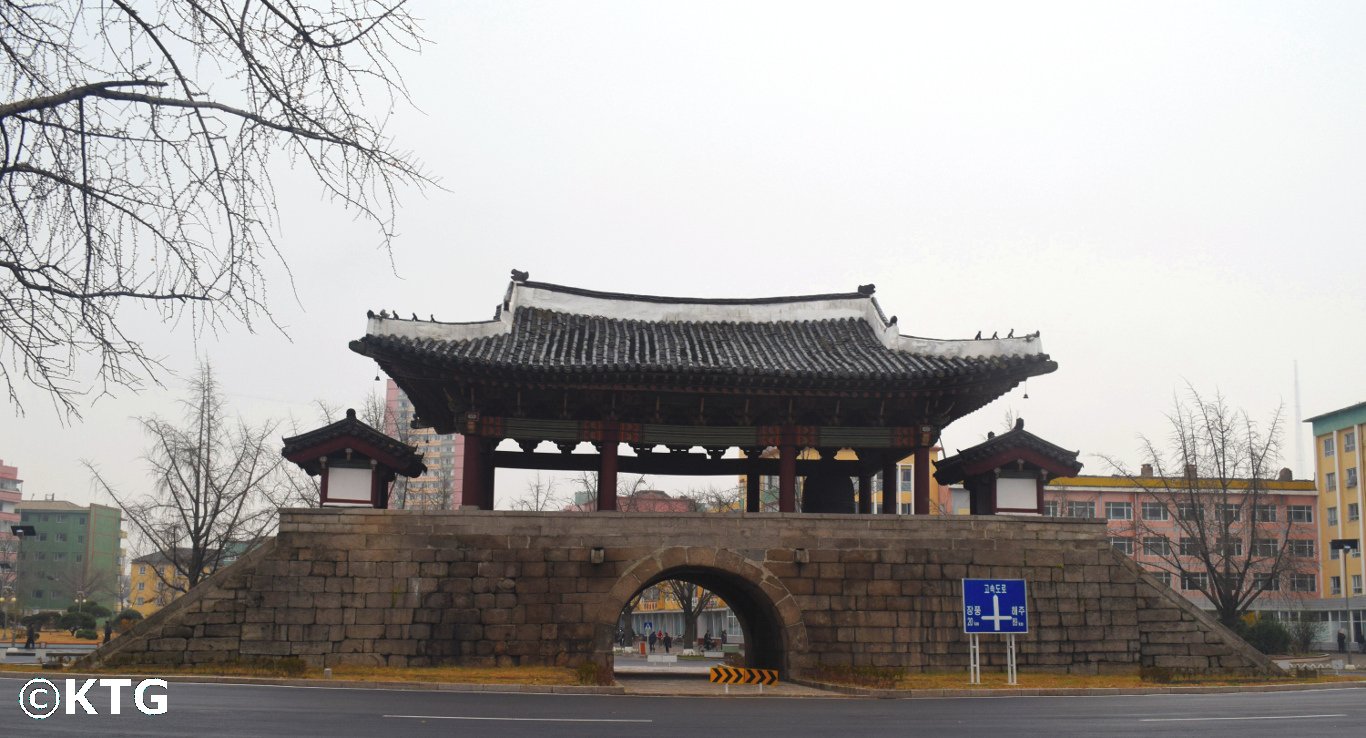
The gate was rebuilt in 1954, a year after the Korean War ended as part of it was destroyed by US bombs. The gate has a bell that weights 14 tonnes. This bell actually belonged to another temple, Yonbok Temple, which was destroyed by fire in the 16th century. This bell was used until the early 1900s to tell the time in Kaesong. The bell could be allegedly heard from a distance of 40 km. There used to be 7 gates in the city fortress.

Concrete Wall
The DPRK claims that South Korea built a 240 km long concrete wall that cuts through the Korean Peninsula along the DMZ with the intention of keeping Korea divided. You will drive for around 50 minutes 27 km east of Kaesong city to a military post in a remote area where a Workers' People Army Officer will give you an in-depth explanation of what this wall consists of. Click here or on the picture for more information.

Panmunjom (DMZ)
Where DPRK and South Korean soldiers face each other and literally stand meters apart. Former US President Bill Clinton has described it as the scariest place on Earth. But is it really? Check out more detailed information on our DMZ section!
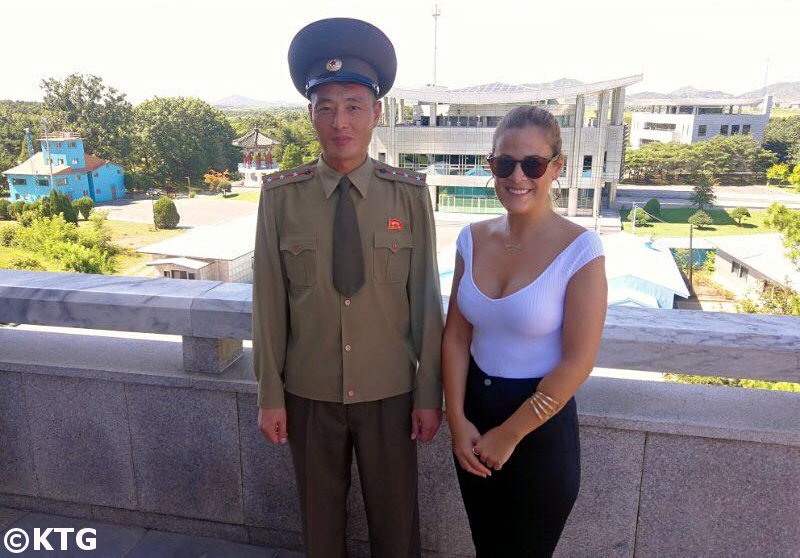
Get the chance to meet KPA officers, see where the Korean War Armistice was signed and see the Demarcation Line; the concrete slab that divides the Korean Peninsula.
Pakyon Falls
Beautiful waterfall located 24 km north of Kaesong city. Check our Facebook video below!
The Pakyon waterfall is amongst the three most famous in the DPRK. It is 37 meters high.

You can enjoy a picnic here and views from the nearby Pomsa Pavilion are spectacular.
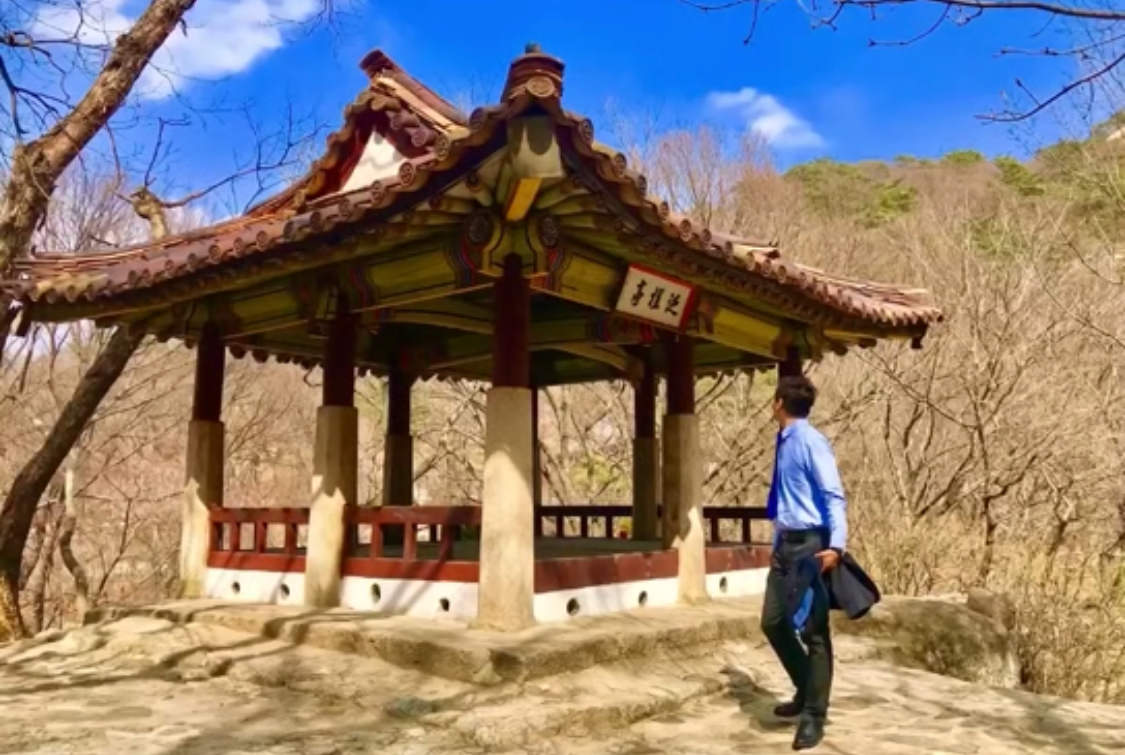
There is a pool at the top of the fall, the Pakyon Pond, it's depth being 5 meters. The fall's pool at the bottom, Komo Pool has a 40 meter diameter.
Food
Stopping for lunch at this historical city is always a treat with separate dishes being served in individual covered metal bowls.

A King's Treat - dishes served to royalty in feudal Korea consisted of many small bowls. The more bowls the higher the status!

Local Delicacy - chicken stuffed with ginseng rice is a speciality of the area. You can also try dog meat soup if you wish. All meals are included in our rates, if you would like any of these two dishes you should know that they are optional i.e. served on top of your regular meal. The chicken is usually 30 Euros per chicken whereas the dog meat soup is 5 Euros
Accommodation
When we stay in Kaesong overnight we stay at the Minsok (meaning Folk in Korean) Hotel. Please check our Facebook video below!
This is a traditional Korean Courtyard Hotel where we eat and sleep on the floor as per Korean tradition. The hotel is divided into courtyards which are surrounded by rooms where we stay.
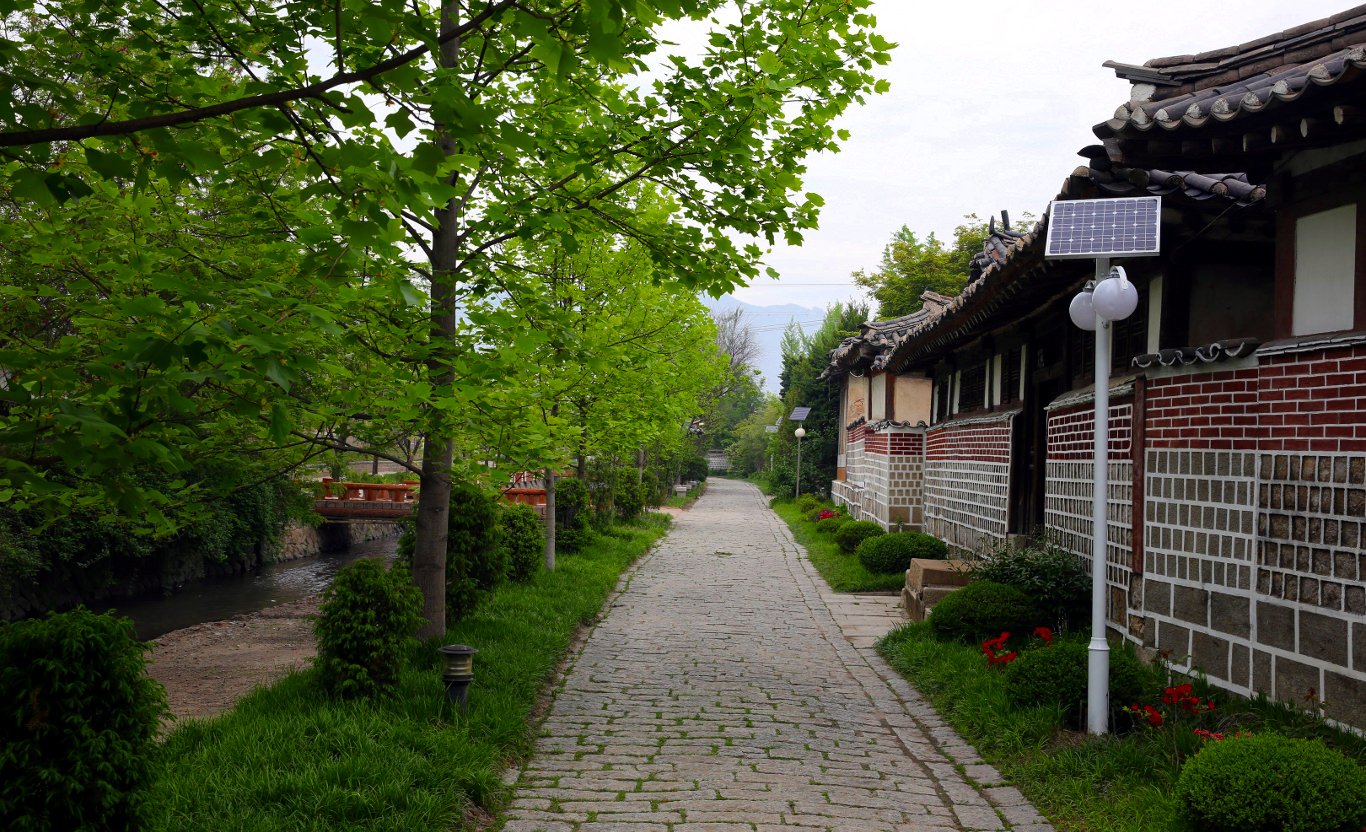
Chatting in the courtyard at night with other travellers and our guides is a very pleasant experience especially on clear nights where the number of stars above in the light-pollution free skies offer a great night scenery. The statue of President Kim Il Sung can also be seen lit at night, at a distance, from the hotel compound.

Please click here to see what other areas you will be able to visit other than Kaesong while visiting North Korea.


















